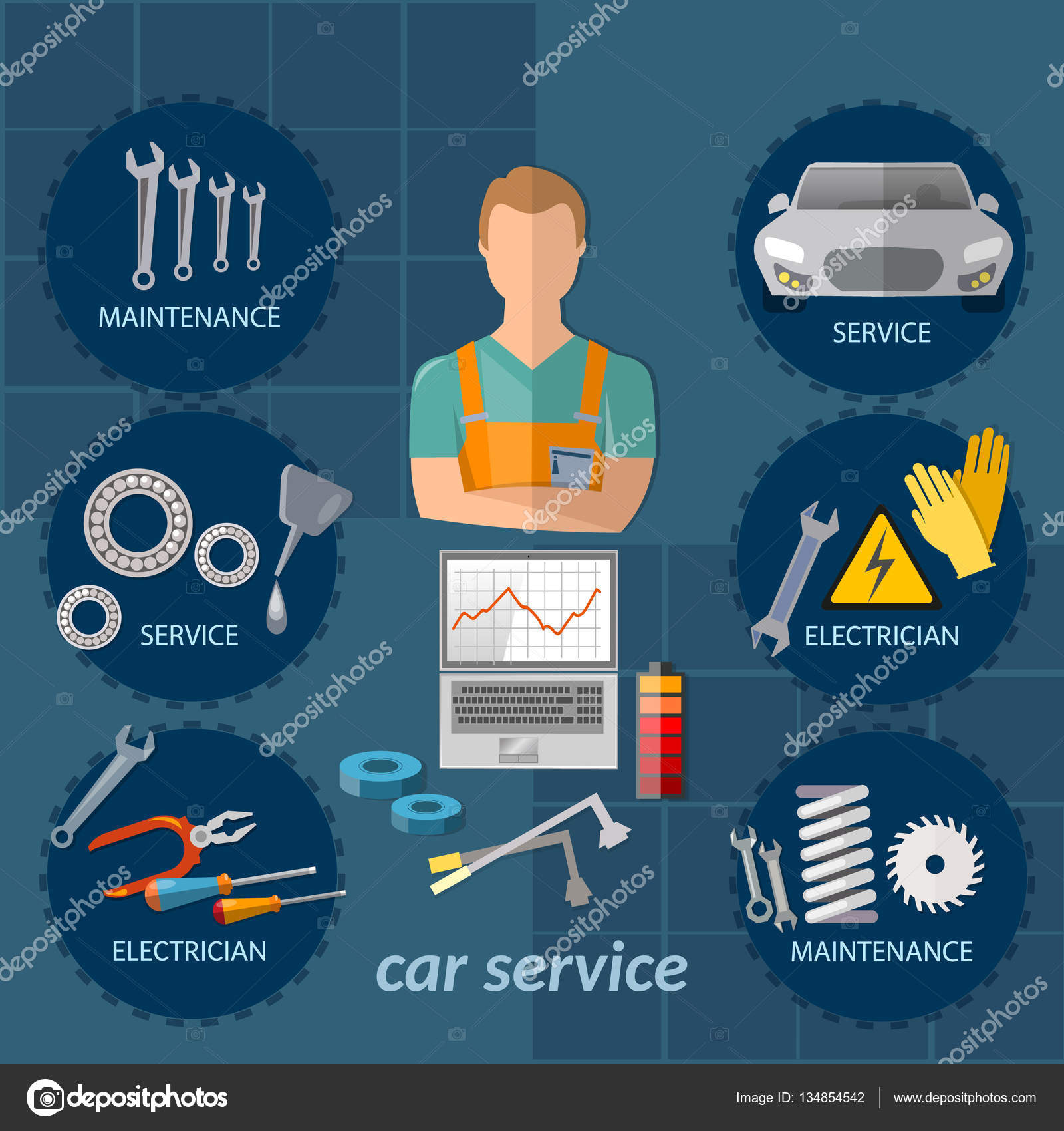Wondering About The Definition Behind Those Dashboard Warning Lights? Gain Understandings Right Into Their Ramifications For Your Vehicle'S Safety And Maintenance
Wondering About The Definition Behind Those Dashboard Warning Lights? Gain Understandings Right Into Their Ramifications For Your Vehicle'S Safety And Maintenance
Blog Article
Post By-Faulkner Corbett
When you're behind the wheel, those radiant warning lights on your control panel can be a bit perplexing. Do you understand what they're attempting to tell you regarding your auto's health? Understanding the significance of these lights is crucial for your safety and the long life of your lorry. So, the following time among those lights appears, wouldn't you want to decipher its message precisely and take the necessary actions to address it?
Common Warning Lighting and Interpretations
Identify common warning lights in your automobile and understand their definitions to ensure risk-free driving.
The most regular warning lights include the check engine light, which signifies issues with the engine or emissions system. If this light comes on, it's essential to have your vehicle examined without delay.
The oil stress advising light indicates reduced oil pressure, requiring immediate attention to prevent engine damage.
A flashing battery light might suggest a damaged charging system, possibly leaving you stranded if not attended to.
The tire pressure surveillance system (TPMS) light alerts you to low tire stress, impacting vehicle security and gas efficiency. Disregarding this could bring about dangerous driving problems.
The abdominal muscle light suggests an issue with the anti-lock stopping system, endangering your capacity to quit swiftly in emergencies.
Lastly, the coolant temperature level alerting light warns of engine getting too hot, which can lead to severe damages if not fixed quickly.
Understanding these usual caution lights will help you deal with problems quickly and preserve safe driving problems.
Value of Prompt Attention
Recognizing the typical warning lights in your automobile is just the first step; the importance of promptly resolving these cautions can not be highlighted sufficient to guarantee your security when driving.
When a caution light illuminates on your dashboard, it's your vehicle's method of connecting a possible issue that needs focus. Disregarding these warnings can result in extra serious troubles later on, endangering your safety and security and potentially costing you a lot more in repairs.
Trigger interest to warning lights can prevent failures and crashes. For https://cheap-oil-change42849.bloggosite.com/37870109/a-crucial-manual-laying-out-the-needed-devices-for-every-single-automobile-repair-shop-revealing-the-techniques-that-add-to-reliable-automobile-upkeep , a flashing check engine light might show a misfire that, if left unattended, might cause damages to the catalytic converter. Addressing this immediately can conserve you from an expensive fixing.
Similarly, a brake system cautioning light might signal low brake fluid or used brake pads, essential parts for your safety and security when driving.
Do It Yourself Troubleshooting Tips
If you observe a warning light on your control panel, there are a couple of DIY repairing ideas you can try prior to looking for specialist assistance.
The initial step is to consult your auto's handbook to comprehend what the certain caution light shows. Sometimes the issue can be as simple as a loosened gas cap activating the check engine light. Tightening up the gas cap might fix the problem.
An additional typical concern is a reduced battery, which can set off various advising lights. Inspecting the battery links for corrosion and ensuring they're safe and secure could fix the issue.
If a warning light continues, you can try resetting it by separating the vehicle's battery for a few mins and after that reconnecting it. In auto maintenance & marine , inspecting your car's liquid degrees, such as oil, coolant, and brake fluid, can assist repair alerting lights associated with these systems.
Final thought
In conclusion, recognizing your auto's warning lights is important for keeping your car running efficiently and securely. By quickly resolving these signals and understanding what they mean, you can avoid pricey repairs and possible breakdowns.
Keep in mind to consult your car's handbook for certain details on each alerting light and act appropriately to make certain a trouble-free driving experience.
Remain educated, remain secure when traveling!
